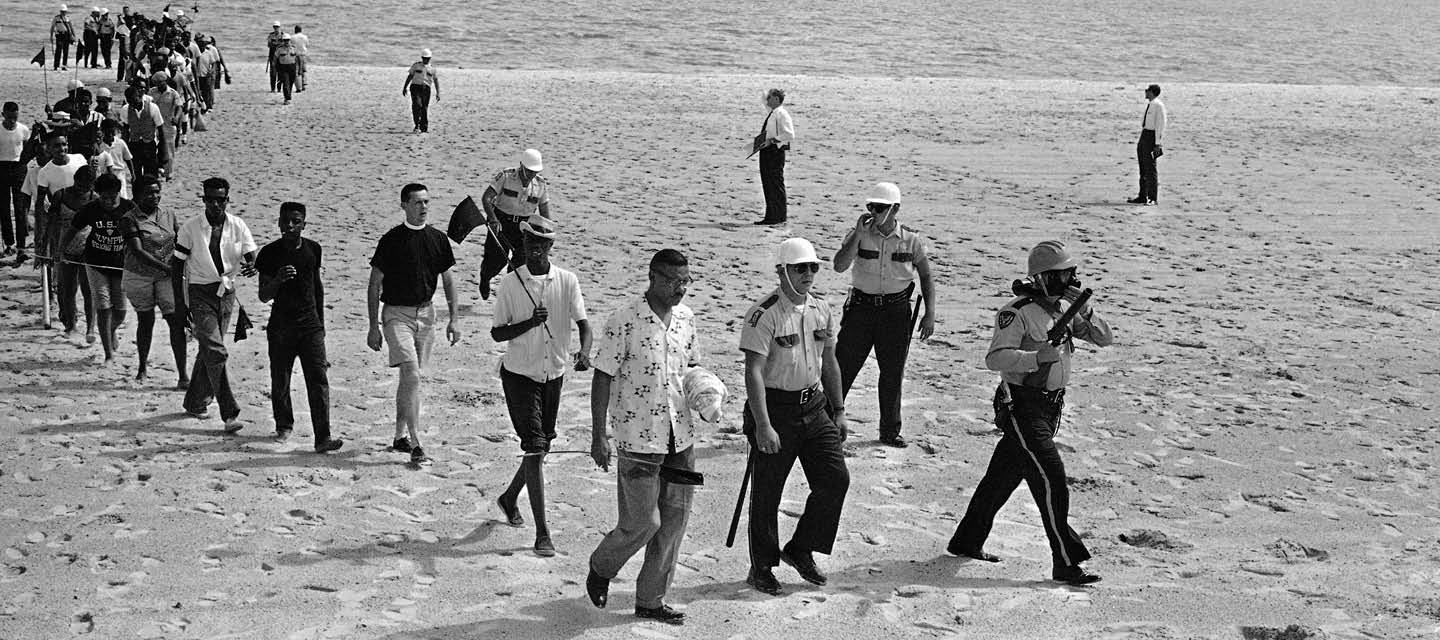Clemon P. Jimerson strode onto the beach in Biloxi, Mississippi, decked out in a brand-new outfit. The 14-year-old had been so excited to go to the beach that day that he’d purchased new sandals, a new T-shirt, new swimming trunks, and a shiny new wristwatch for the occasion.
It was April 24, 1960, and Jimerson didn’t go just to sunbathe. He had arrived with 125 other Black Mississippians to take part in a protest, called a wade-in, to desegregate the Whites-only beaches of Harrison County. But his excitement was short-lived. A White mob would also show up that day—armed with deadly weapons.
“They had bats, they had billy clubs, they had brass knuckles, and wood logs,” recalls Jimerson, now 79. “There was a whole group of them, and they started heading down to the beach.”
Clemon P. Jimerson walked onto the beach in Biloxi, Mississippi, wearing a brand-new outfit. The 14-year-old had been so excited to go to the beach that day. He purchased new sandals, a new T-shirt, new swimming trunks, and a shiny new wristwatch for the occasion.
It was April 24, 1960, and Jimerson didn’t go just to sunbathe. He had arrived with 125 other Black Mississippians to take part in a protest. It was called a wade-in, to desegregate the Whites-only beaches of Harrison County. But his excitement was short-lived. A White mob would also show up that day. They were armed with deadly weapons.
“They had bats, they had billy clubs, they had brass knuckles, and wood logs,” recalls Jimerson, now 79. “There was a whole group of them, and they started heading down to the beach.”

